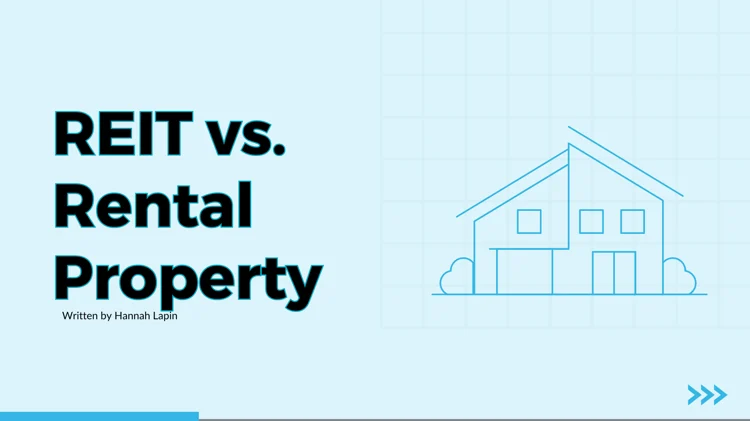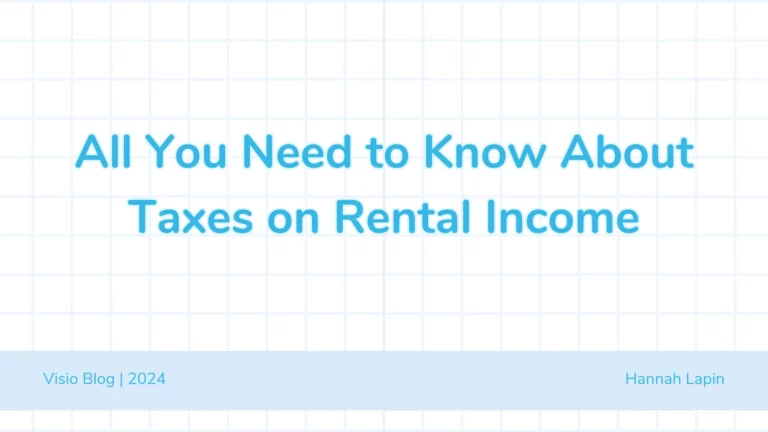Check with your Account Executive for program availability and specifications.
A P&L Statement, Profit and Loss Statement and Operating Statement all refer to the same document that lenders require for income producing real estate. In this post we are going to refer to the document as an operating statement. This document tells the story of how much cash your property is generating by looking at its income and expenses to calculate a property’s operating income and net operating income (NOI), which are not always equal. Confused – keep reading and let’s sort this out.
Operating Statement Basics
When a borrower fills out a generic operating statement (see example below), most likely there will be a line for actual rental income received, expenses, reimbursement and other income (i.e. late fees, parking fees, etc.) collected, which combined equals the property’s total income. Then there will be spaces to enter operating expenses, such as real estate taxes, property insurance, utilities, management fees, repairs and maintenance, professional fees and miscellaneous expenses. And then the operating income would be the total income minus the summation of the operating expenses. Note – In this article we will not address non-cash components that may be included in an operating statement for tax purposes.
|
Typical Operating Statement | ||
|
Rental Income |
$ 100,000 | |
|
Expense Reimbursement |
$ – | |
|
Other Income |
$ 1,000 | |
|
Total Income |
$ 101,000 | |
|
Real Estate Taxes |
$ 15,000 | |
|
Property Insurance |
$ 4,800 | |
|
Utilities |
$ 5,000 | |
|
Management Fees |
$ 5,000 | |
|
Repairs and Maintenance |
$ 2,000 | |
|
Professional Fees (Legal and Accounting) |
$ 500 | |
|
Misc. Expenses |
$ – | |
|
Total Operating Expenses |
32.0% |
$ 32,300 |
|
Operating Income |
$ 68,700 | |
Net Operating Income (NOI) Basics
How is NOI different from operating income? NOI is simply Effective Gross Income (EGI) minus Operating Expenses (OpEx). The primary difference is how the calculation of the total income in the above example compared to the EGI in the example below. EGI takes the gross potential income plus other income minus vacancy and collection loss, whereas an operating statement usually only has a line item for the actual rental income.
|
Net Operating Income | ||
|
Potential Gross Income |
$ 100,000 | |
|
Other Income |
$ 1,000 | |
|
Less: Vacancy and Collection Loss |
10% |
$ 10,000 |
|
Effective Gross Income (EGI) |
$ 91,000 | |
|
Real Estate Taxes |
$ 15,000 | |
|
Property Insurance |
$ 4,800 | |
|
Utilities |
$ 5,000 | |
|
Management Fees |
$ 5,000 | |
|
Repairs and Maintenance |
$ 2,000 | |
|
Professional Fees (Legal and Accounting) |
$ 500 | |
|
Misc. Expenses |
$ – | |
|
Total Operating Expenses (OpEx) |
35.5% |
$ 32,300 |
|
Net Operating Income (NOI) |
$ 58,700 | |
As you can see, Vacancy and Collection Loss are not included in the generic operating statement but are required for the calculation of net operating income. It is assumed that at some point during the year for most properties there will be lease roll over and those costs associated with vacancy need to be included in the calculation, even if the property is 100% occupied. In the example above, we used 10% as the vacancy factor, but this will vary with local market conditions.
NOI and Operating Statements
At the end of the day, small balance commercial lenders are more interested in a property’s net operating income. It is extremely important because many underwriting metrics utilize net operating income in their formula. This includes Debt Service Coverage Ratio and Debt Yield.
And while technically not the same, many small balance commercial lender’s operating forms (including Visio’s) are designed to calculate a property’s net operating income.
Check in regularly to read more about SBC lending, and check out the “Small Balance Commercial” section of our blog. For more investor tools and resources, visit our blog.
Check with your Account Executive for program availability and specifications.
{{cta(’08ac7d82-97b3-431a-b03f-964176f02e36′)}}






